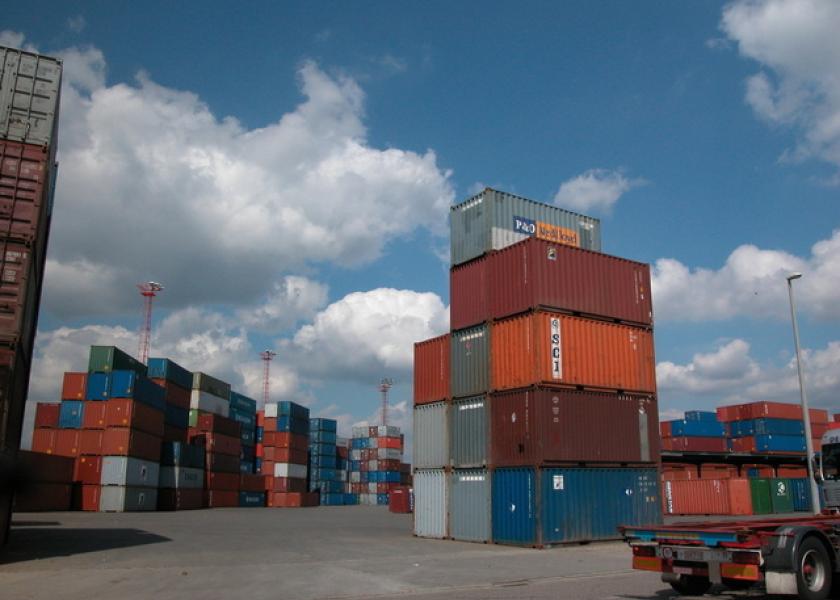Beef Exports Unchanged, While Pork Trade Falls and Poultry Increases

International trade plays a critical role in the U.S. meat and poultry sectors. On Thursday, September 7th the USDA’s Economic Research Service (ERS) compiled and posted July’s monthly U.S. meat and livestock international trade data. For meat and poultry, ERS converts the raw product weight data to carcass equivalent for meats, and poultry is reported on a ready to cook basis. In this newsletter, only the tonnage is summarized, and other important aspects of U.S. exports like variety meats (liver, tallow, etc.) and hides/skins are not discussed. Of course, focusing on exported and imported volume overlooks the dollar values involved, that is important, for example, because the dollar amounts of beef that U.S. imports is typically much less than that of exports.
In July, compared to June’s, U.S. beef export tonnage was essentially unchanged. Still, the trend of year-over-year increases since July 2016 was maintained (July 2017 was up 10%). A total of 83 different countries bought enough U.S. beef to be recorded by ERS during the month. Among the major destinations, more tonnage was shipped than a year earlier to Japan (up 22%), Hong Kong (33%), Vietnam (59%), and Canada (5%).
A bit of a surprise in the data was the tonnage of beef imported by the U.S. in July, which increased month-over-month by 2% and was 11% above 2016’s. Of the major import sources, the only drops compared to a year ago were from Australia and Brazil.
U.S. pork export tonnage faltered in July. A decline was anticipated based on the weekly data. The weekly data are preliminary and do not include all pork items sold. Month-over-month, July’s tonnage dropped a dramatic 13%. The year-over-year decline was 4%. July’s pork exports went to 77 countries. Both monthly and year-over-year declines in pork sales occurred to the key Asian countries of Japan, China, and Hong Kong. At 20.0 million pounds (carcass weight), pork exports in July to China (mainland) were the lowest for any month since December 2015. But the biggest story continued to be Japan (the second largest foreign market for U.S. pork after Mexico), July sales of 87.9 million pounds was the lowest since January 2010. U.S. pork imports declined 3% for the month but were 1% above a year earlier.
Turning to U.S. poultry, in July, the tonnage of chicken sold increased 7% for the month but remained unchanged compared to a year ago. Chicken exports continued to lag the prior 5-year average (2011-14). In July, the U.S. broiler parts went to 110 countries, the largest destination by far, as usual, was Mexico. Turkey exports dropped (down 3%) in July compared to June’s, however, did post a 10% gain compared to 2016’s. In July, U.S. turkey was purchased by 64 countries, Mexico remained the largest foreign market.
Useful insight is provided by looking at net tonnage traded, that is net beef imports (tonnage of imports minus exports) and for pork calculating the net exported volume (exports minus imports). In June, the amount of beef imported by the U.S. exceeded exports. Typically the U.S. flips from being a net importer to a net beef exporter in the second half of the calendar year; we will see if that happens this year. The net status of pork remained positive, meaning exported tonnage was greater than imported. However, the U.S. net pork export volume was the lowest the month of July since 2010.







